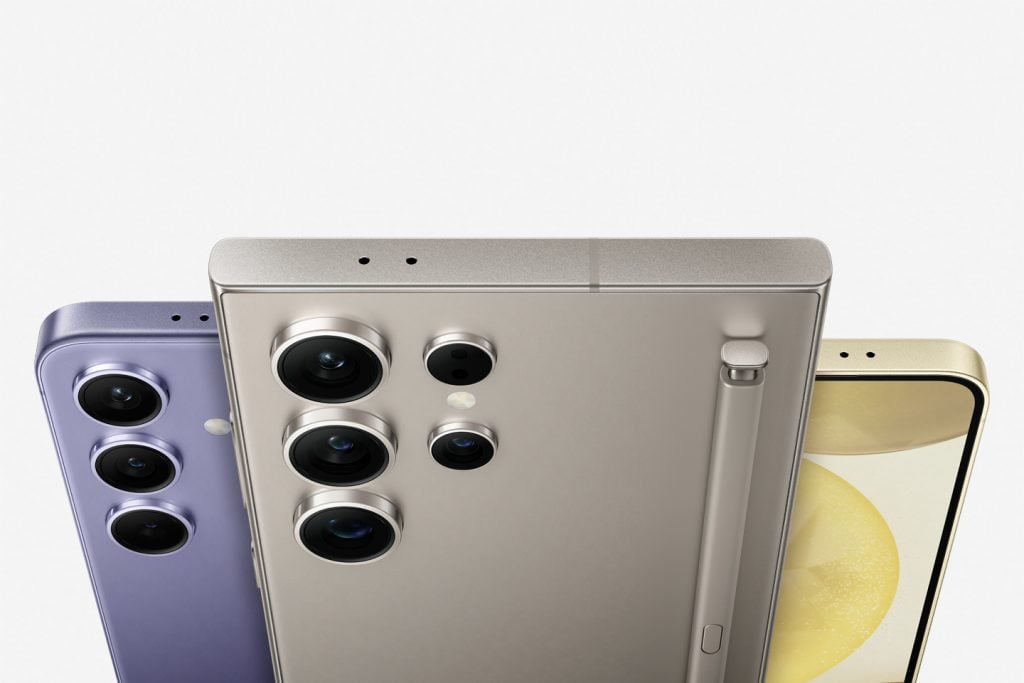Samsung Electronics is said to be looking into introducing a ‘Slim’ model to its soon-to-launch Galaxy S25 flagship series. This decision seems to be a direct reaction to the competition, especially with Apple preparing to launch its own ‘Slim’ / ‘Air’ version in the iPhone 17 series next year.
Design Inspirations
Sources from the industry mention that the slim version will enhance the design features of the Galaxy S25. Samsung has previously pursued a similar approach with the recently launched Galaxy Z Fold Special Edition, inspired by the Z Fold 6. The goal is to introduce this new model to test consumer interest, and if the response is favorable, the company may look to carry the slim idea into the Galaxy S26 series in 2026.
Market Strategies
This tactic reflects a larger strategy to rejuvenate a market that has faced stagnant demand due to minimal design innovations in recent years. As smartphone capabilities have advanced, many users find it hard to see the differences between new models. This difficulty in distinguishing features has led to stagnation in a market that is already crowded. Understanding this issue, Samsung seems ready to implement important design changes, especially knowing that Apple is also venturing into slimmer devices. The upcoming iPhone 17 ‘Air’ or ‘Slim’ will be thinner and somewhat smaller than the current Plus model, hinting at a trend towards more compact smartphones.
Release Timing and Branding Changes
The Galaxy S Slim is expected to make its appearance in the second quarter of next year, after the standard Galaxy S25 models are launched. This staggered timing is likely intended to avoid internal competition while allowing Samsung to track the interest in slimmer devices closely.
Developing thinner gadgets requires tweaks to parts like displays and batteries, which might affect overall performance. The upcoming models will be monitored to see how effectively they achieve a balance between reduced thickness and usability.
Besides the slim model, there are reports that Samsung is contemplating a major shift in its branding strategy, possibly signaling the end of the well-known Galaxy name. If this change happens, it could reshape the company’s approach to its flagship products, ushering in a new phase for Samsung’s smartphones. Their attempts to innovate and adjust to evolving market conditions highlight the necessity of remaining relevant in a fiercely competitive landscape.


Leave a Reply